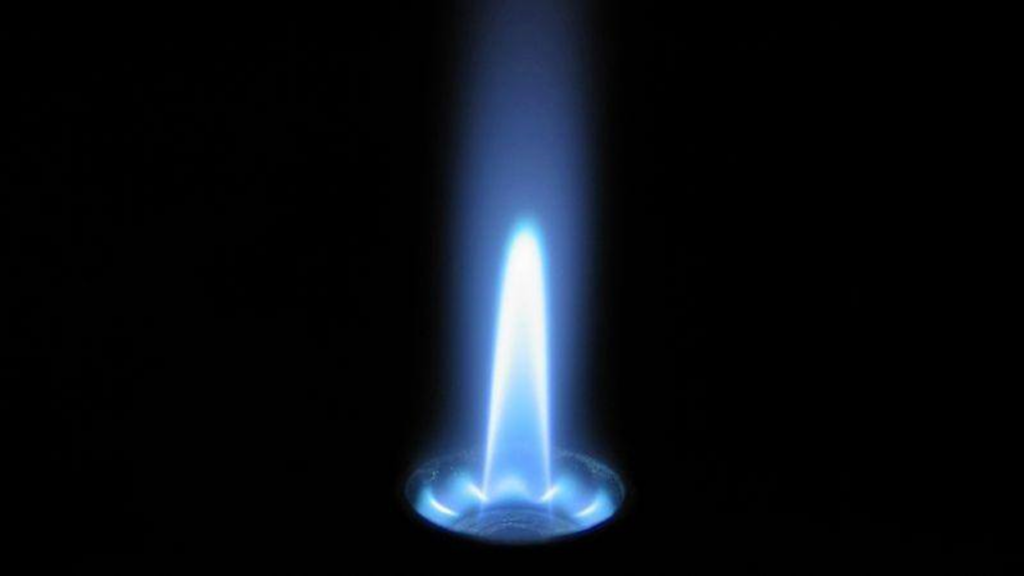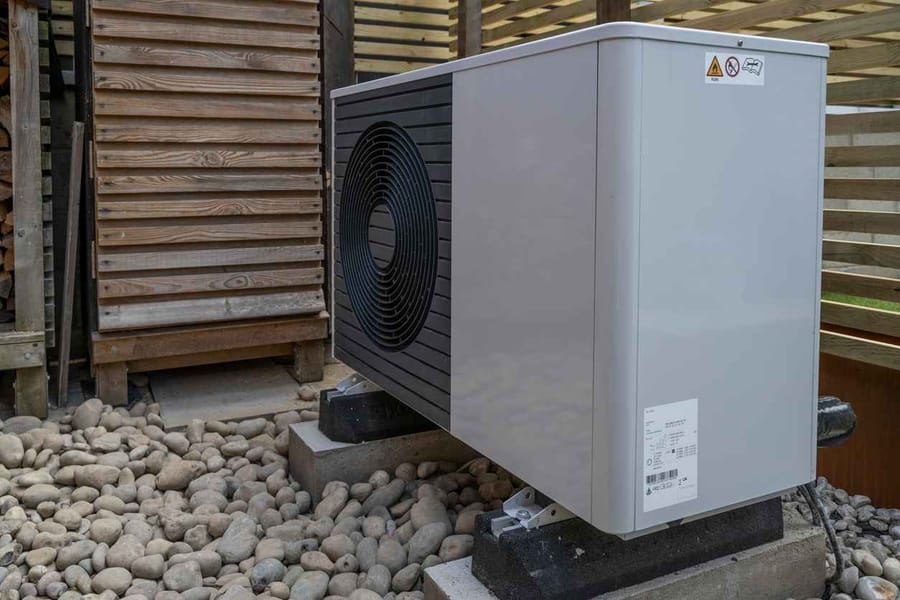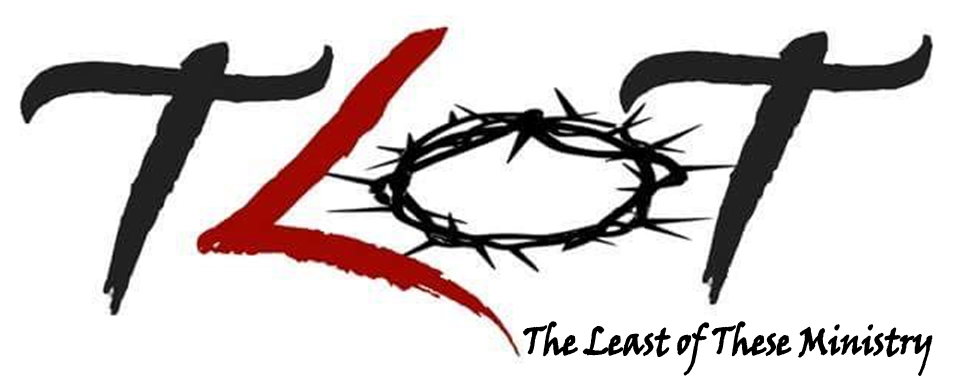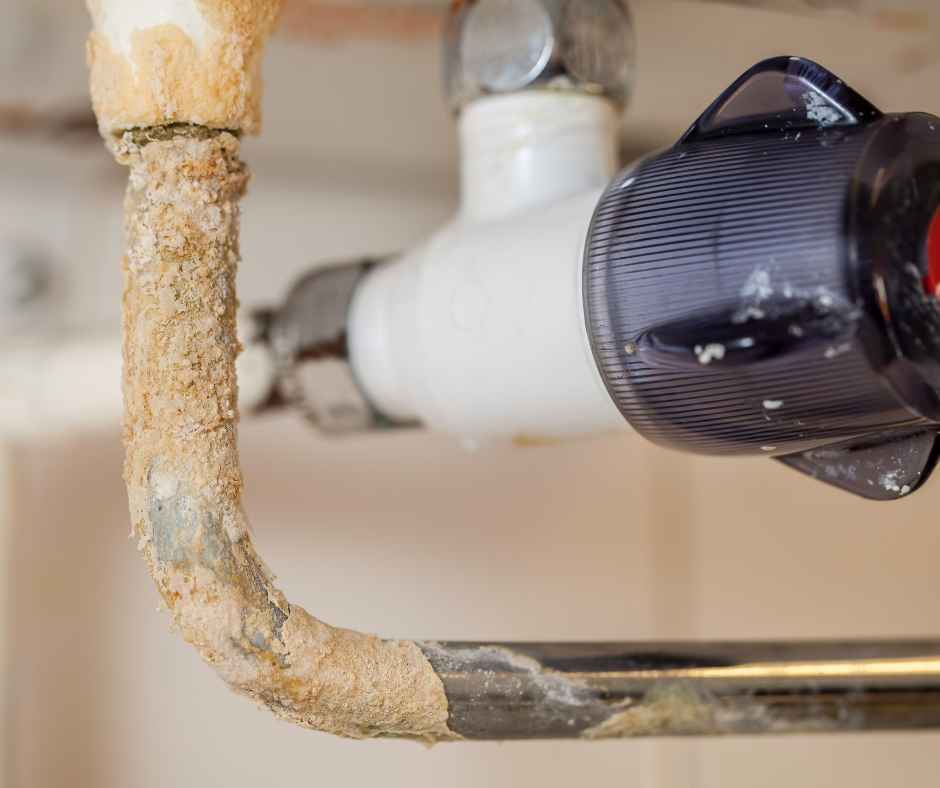Signs Your Pilot Light Is Out: How To Diagnose and Fix It

If you have a gas furnace or water heater in your home, it’s important to be familiar with the proper operation of your pilot light. A pilot light heaters provides the ignition source for the burner assembly that then heats the water or air, depending on the appliance.
This small flame should always be burning and needs to be re-lit as soon as possible if it does go out. If your home’s water isn’t warming up and your heat is not working properly, your pilot light won’t light is the first thing you should check. If you find that the pilot light is out on the furnace, follow the manufacturer’s instructions to safely re-light it.
Signs of Broken Pilot Lights
Lack of Hot Water or Warm Air
Is your water heater or furnace pilot light out? The most obvious sign of the failure of a pilot light will be a lack of hot water or warm air since the burner assembly can’t light and do its job of heating these substances. This could be caused by issues in the gas supply or a malfunctioning gas valve.
In many systems, a broken pilot light will prevent the appliance from working at all. This is a safety precaution to prevent a buildup of excess gas in the unit, which can be dangerous for you and your family, potentially leading to a gas leak.
Why Does a Pilot Light Go Out?
- Gas Regulator is Faulty: You will have problems with all of your gas appliances in your house if the regulator on the natural gas meter outside your home fails. This includes your furnace, dryer, stove, etc. The pilot light may not be lit on your furnace. This may be the cause of pilot problems with several of your household appliances. Call your utility company immediately.
- Dirty Pilot Orifice: Examine the flame if you are able to get the pilot light lit for a moment. Instead of a weak yellow flame, the pilot light should be a strong blue cone. Weak flames will not adequately enclose the thermocouple. Dirt may clog the pilot orifice. It’s necessary to disassemble the pilot and use a needle or compressed air to remove debris from the orifice. Ostrom’s furnace repair experts are always on hand to help if you don’t want to start messing with crucial parts of your furnace.
- Broken Thermocouple: As the pilot flame hits the copper rod directly, the thermocouple is activated. It’s sometimes called the “flame sensor.” It shuts the gas off if the pilot goes out. Gas that flows through your furnace could enter your house if the thermocouple fails to turn it off. Protecting your home from gas buildup is the thermocouple.
- Strong Draft: A draft may have blown out your pilot light if it re-lights easily after going out overnight.
- Weakened Natural Gas Source: You might not be doing anything wrong. During peak natural gas usage, your local “gas grid” may reach capacity and lower gas pressure intermittently. Even the slightest interruption in gas supply can cause your furnace’s pilot to go out. Ask your neighbors if they have experienced any natural gas issues. If the problem persists, contact your utility company.
How To Repair a Broken Pilot Light
First things first: If you smell gas in your utility closet, don’t go any further. You can contact our team at Ostrom Electrical Plumbing Heating & Air for assistance. In any event, you don’t want to try to re-ignite the pilot light on your own, as any buildup of gas could cause an explosion that can result in injury or property damage.
If there’s no smell, locate the burner chamber, which is usually located behind a small door on the bottom front of your furnace or water heater. Behind this door, you will find a small gas line that feeds the pilot light. At the end of that tube, if you don’t see a blue flame, you’ll know immediately why you’ve been having problems.
You May Also Like:
Reigniting the Pilot Light
To reignite the pilot light, locate the procedure printed on the appliance to ensure you complete the steps correctly. If, after successfully lighting the pilot light, it won’t stay lit, it’s time to contact Ostrom Electrical Plumbing Heating & Air, as this indicates a larger problem that will require professional service.
Should Your Pilot Light Always Be On?
For most gas fireplaces, a “continuous pilot light” is used, which remains lit as long as gas flows into the unit. Modern, energy-efficient models utilize electronic ignitions that light the pilot only when the fireplace is turned on.
In order to operate, electronic ignition fireplaces require a battery backup or electricity. Unless the fireplace is in use, you will not see a pilot flame with these units.
It’s important to understand which type of unit you have so you are able to understand if and when this becomes a problem or not.
The good news is that your pilot light doesn’t have to be intimidating. With proper precautions and good research and planning, you can restore comfort to your home with little time and effort.
Give our team of professionals a call today!












